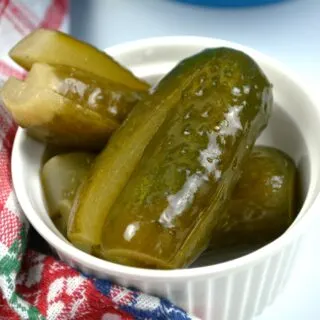I inherited the sun pickles recipe from my grandparents, and I often make it during the summer because it is the family’s favourite side dish. These quick pickled cucumbers are so tasty that we usually take one from the fridge and eat them as an appetiser, not just as a side dish.
Table of Contents
Why Do We Love This Recipe?
Here are some reasons why we love this recipe:
- The recipe is straightforward, we only need a few ingredients, and we don’t have to boil anything, not even the jars.
- It is made quickly; we need only three days with the sun, after which the pickles can already serve.
- Sun pickles taste great due to their natural fermentation compared to pickled cucumber in vinegar.
Ingredients
You don’t need too many ingredients for this recipe, considering that I will make the simplest recipe that everyone can surely adapt to their tastes.
I will use 1.5 kilograms of fresh cucumbers, but they must be of medium to large size because they are made faster than small ones and are juicier.
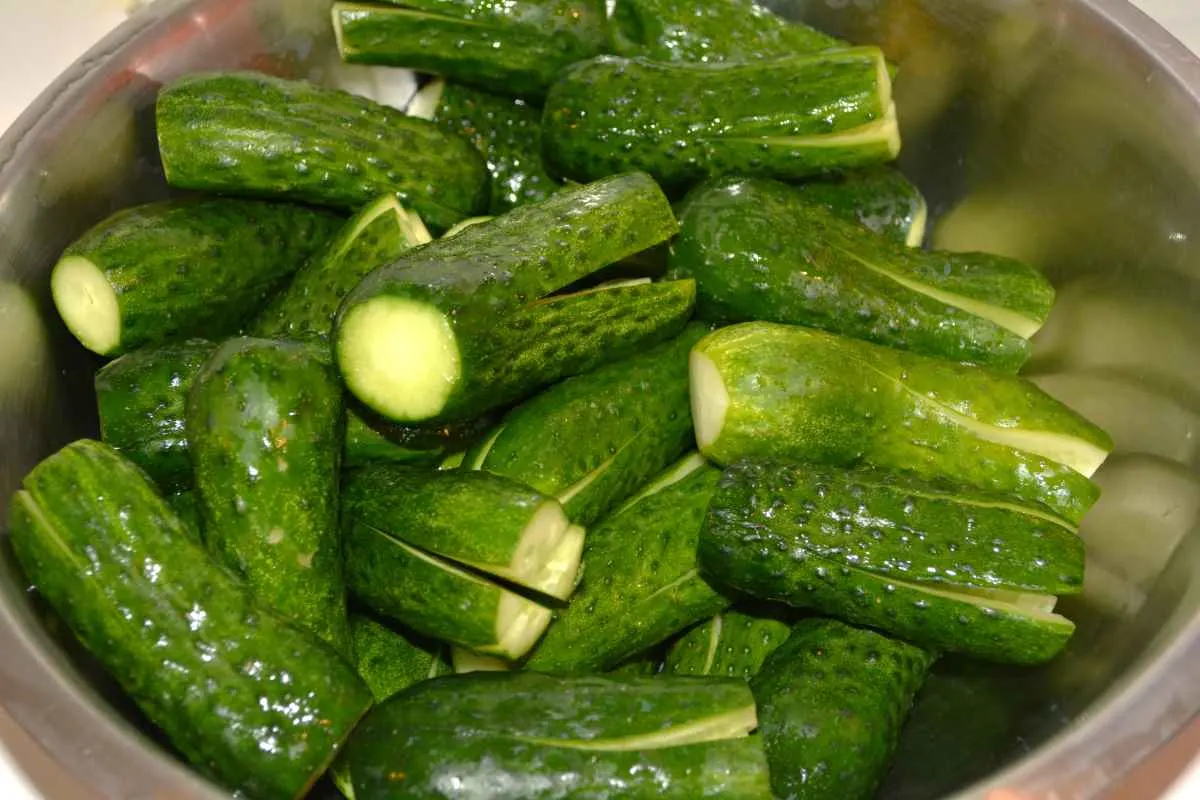
The second essential ingredient is dill, which will give you the specific taste of the recipe and from which. I will use a large bunch of ripe dill, even flowering.
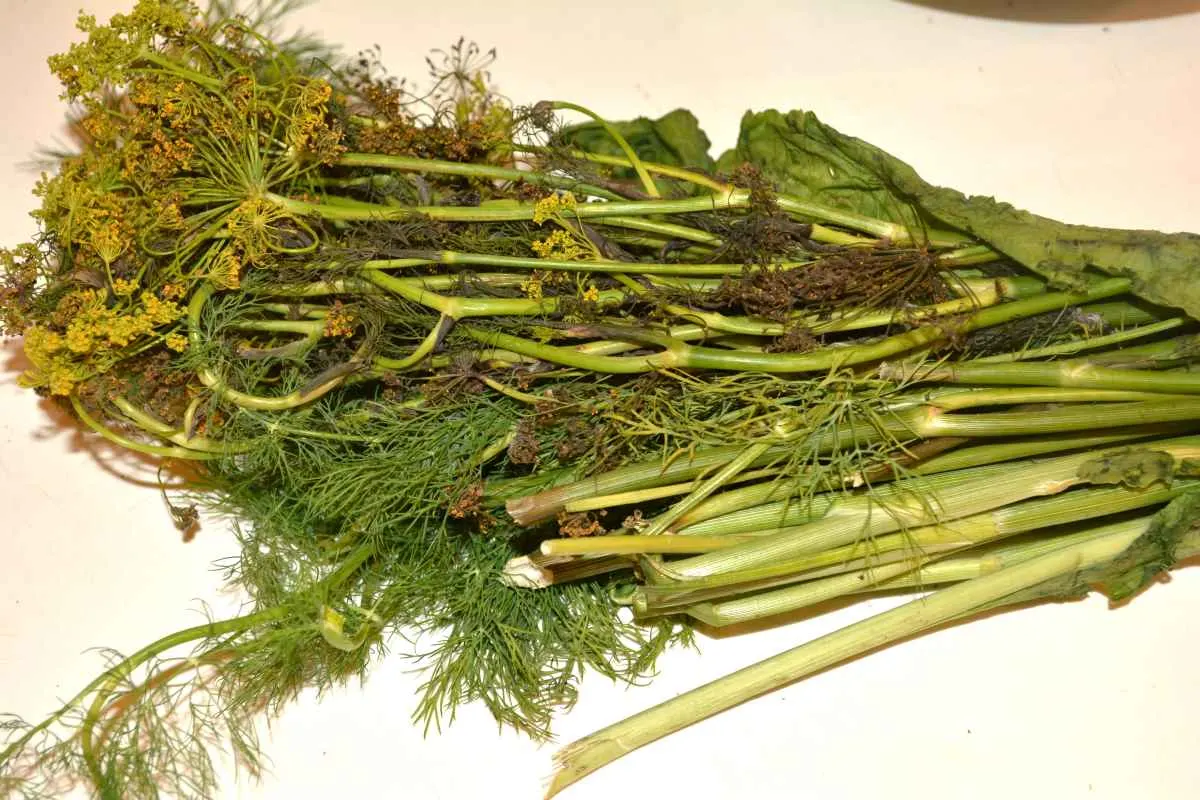
In each jar of cucumbers, I will put three cloves of good-quality garlic and two slices of bread on top, which will trigger fermentation.
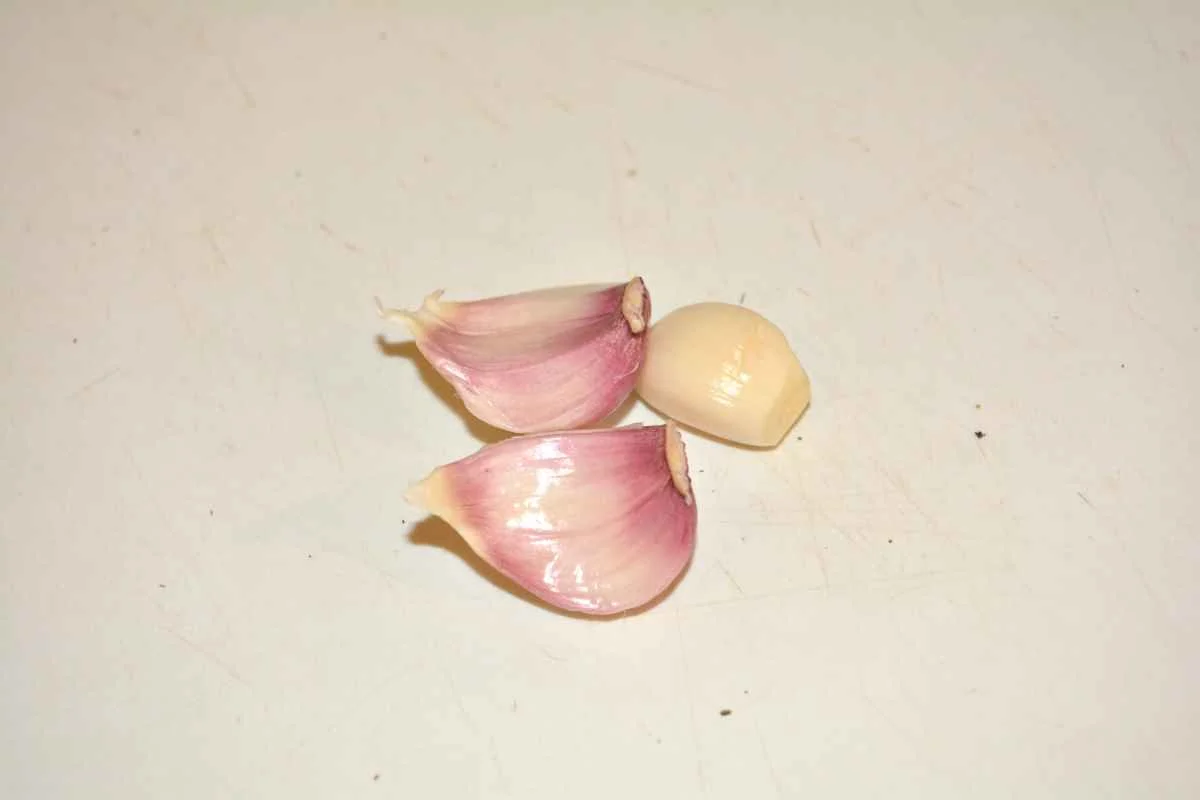
How to Make the Sun Pickles Recipe?
You will see that the cucumber recipe does not take much time to work; you have to prepare the ingredients, put them in jars and wait for them to ferment.
Preparing the Ingredients
First, I will wash the cucumbers well, cut their heads, and cut them along to speed up and ease the fermentation process. Depending on the size of the cucumbers, I will cut them along in two or four.
I wash the dill bunch well to remove any shadow of dust, and if you use flowering dill, you can keep the flowering part as well.
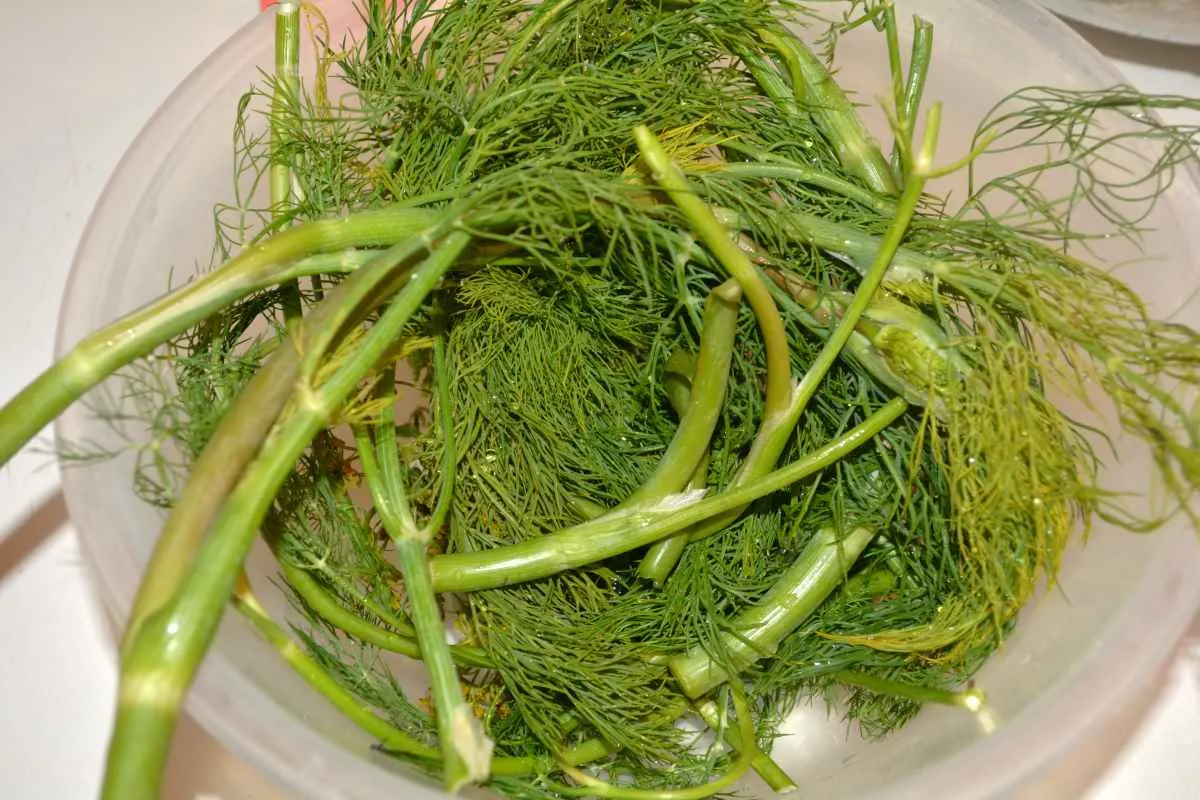
Next, I will prepare the salt water solution in which the cucumbers will ferment. I will put about 2.5 tablespoons of sea salt in a bowl, preferably salt that does not contain iodine.
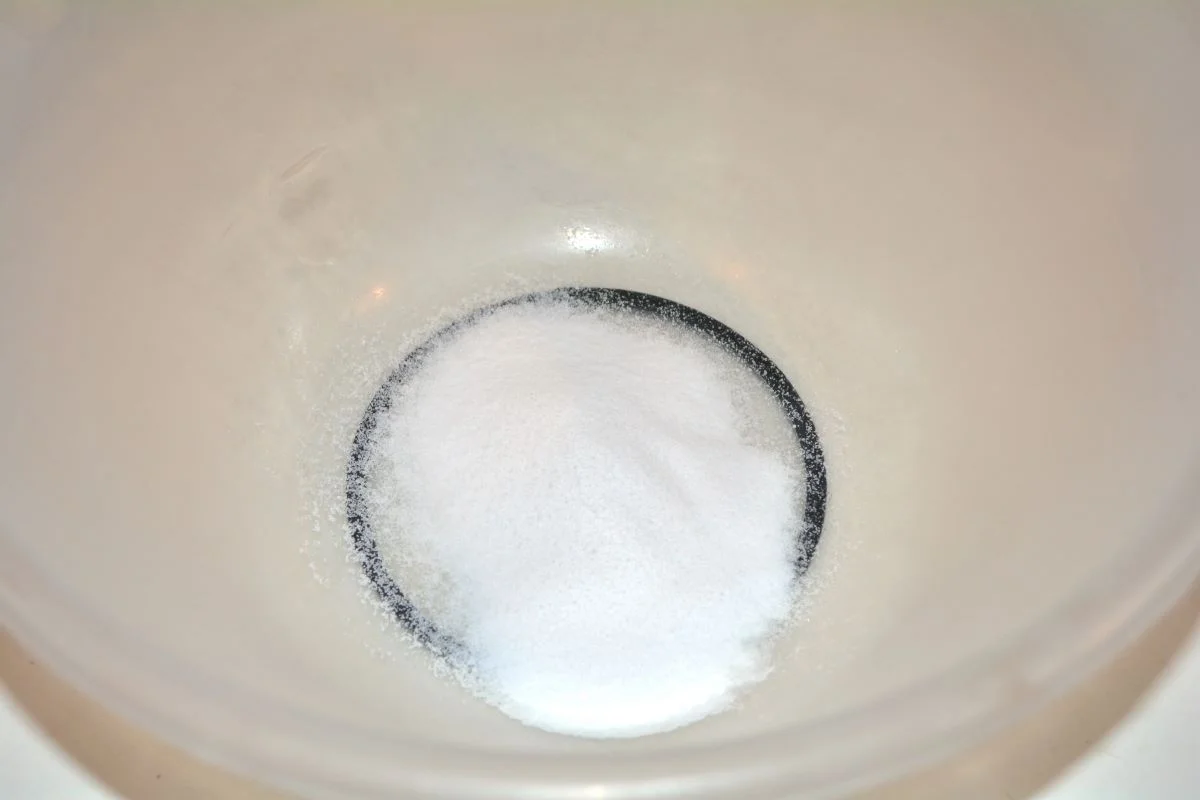
Pour one litre of hot or boiled water over the salt and mix with a whisk until all the sea salt has dissolved.
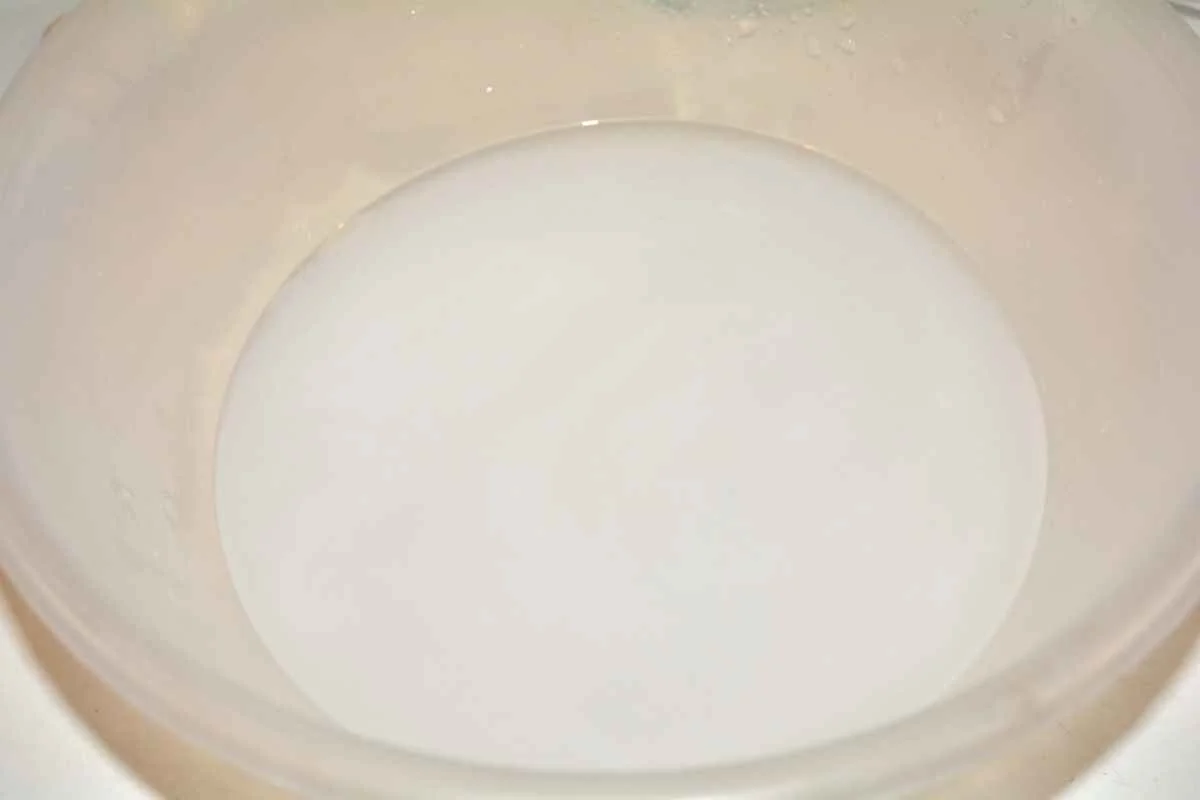
With the ingredients ready, we can start filling the jars with cucumbers.
Put in Jar
I will try to put the whole quantity of cucumbers in two one-litre jars, which I have washed very well with hot water to be clean.
Depending on what kind of jars you have at home, you can only use one large or two-three smaller pots, but it is preferable to use large jars for the sun pickles recipe.
On the bottom of the jars, I will put the dill sprigs first and three garlic cloves in each. If you have summer savory at home, ad one sprig to each jar, and you will see that it will give a unique taste like Hungarian sun pickles.
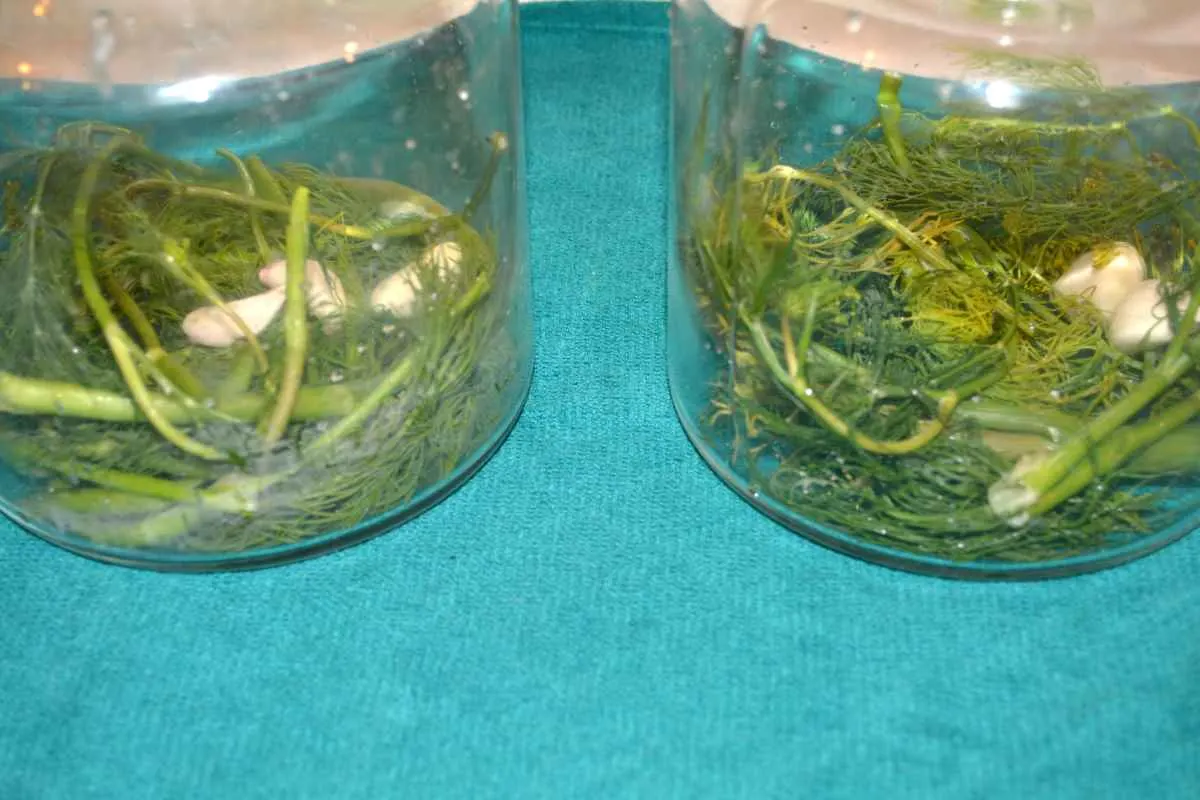
Then I put the cucumbers in the jar, trying to put them as tight as possible, vertically and horizontally. Make this to fit as many pieces as possible and stay as fixed as possible so that they do not rise to the surface when we fill them with water.
Place a few dill sprigs on top of the cucumbers and pour over the saline water solution until the jars are full.
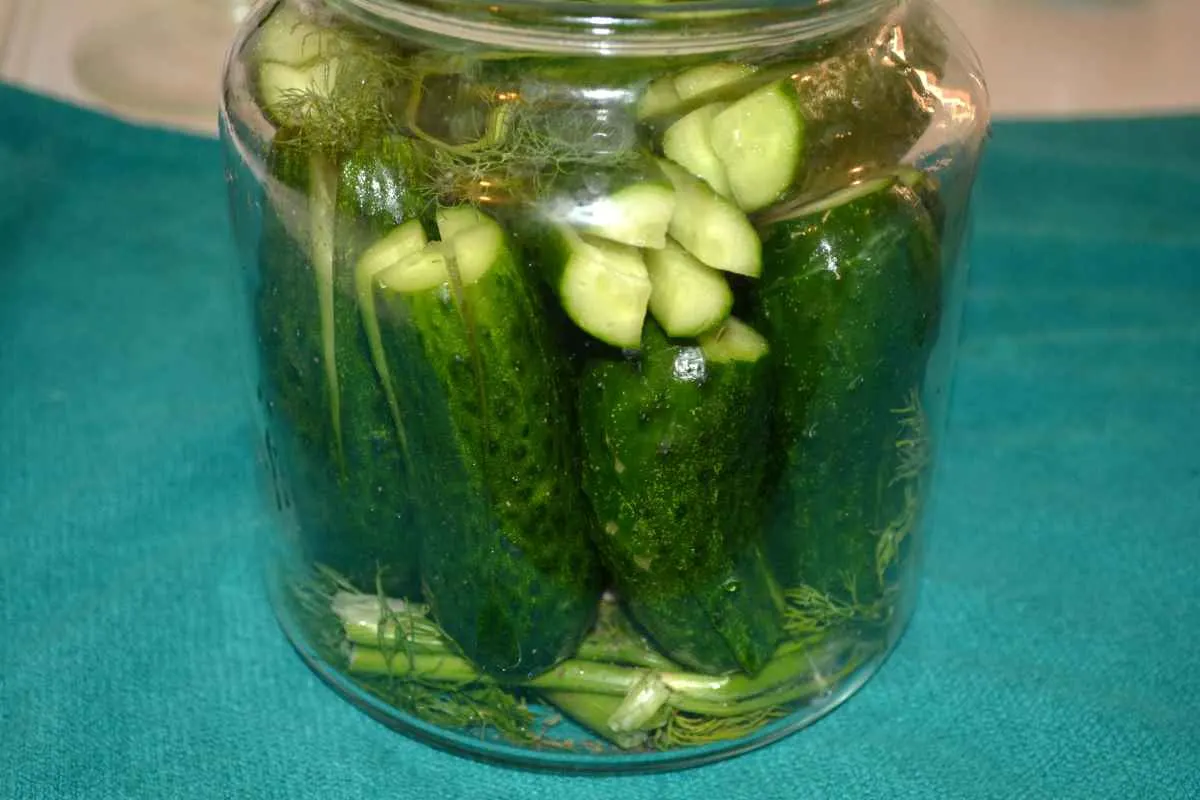
The last ingredient will be a slice of bread in each jar, stuffed well on top of the cucumbers to be covered by water. Due to the yeast, the bread will have the role of starting the fermentation process faster, after which you can remove the bread from the jars.
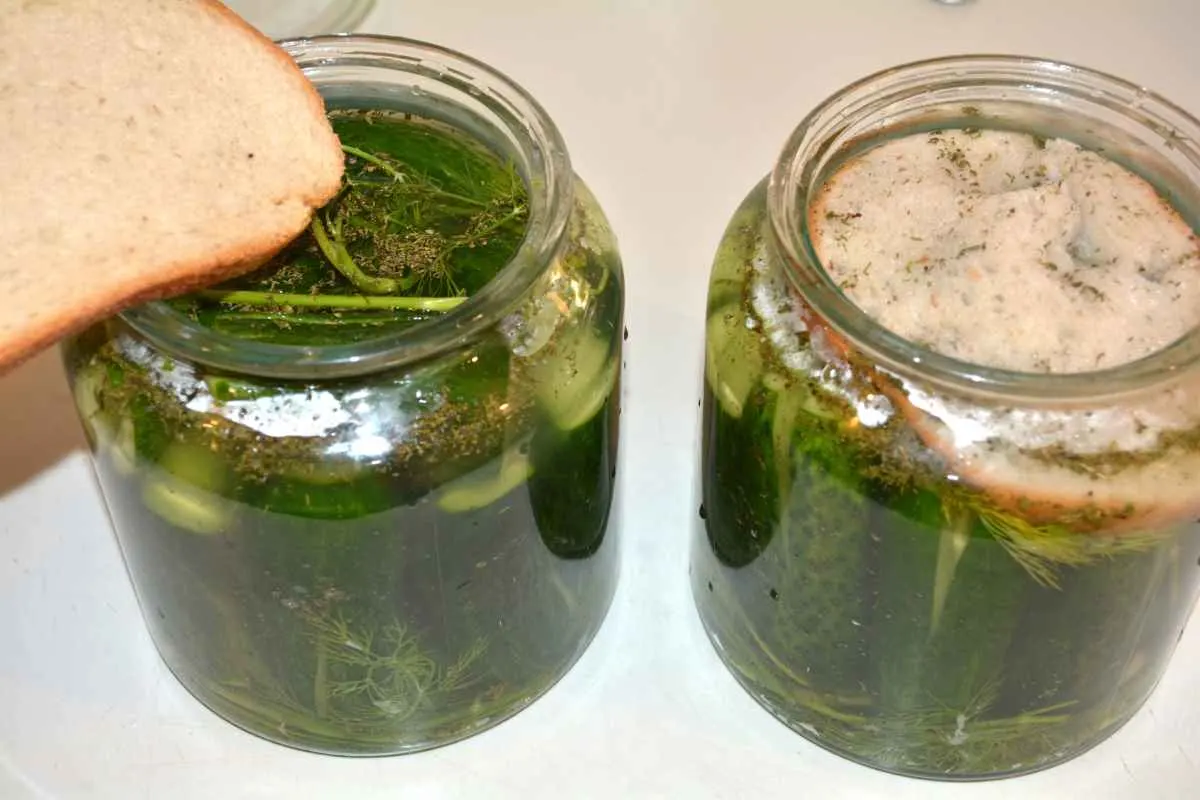
Cover the jars with a lid or saucer, so they do not get dirty, but do not close them tightly so the gases formed can come out.
Fermenting
Put your jars outside, in a warm and sunny place, where if you catch good weather, you get pickles after only three days. After two days, remove the bread and any crumbs because they have done their duty to start the fermentation, and they do not have to stay because they will mould.
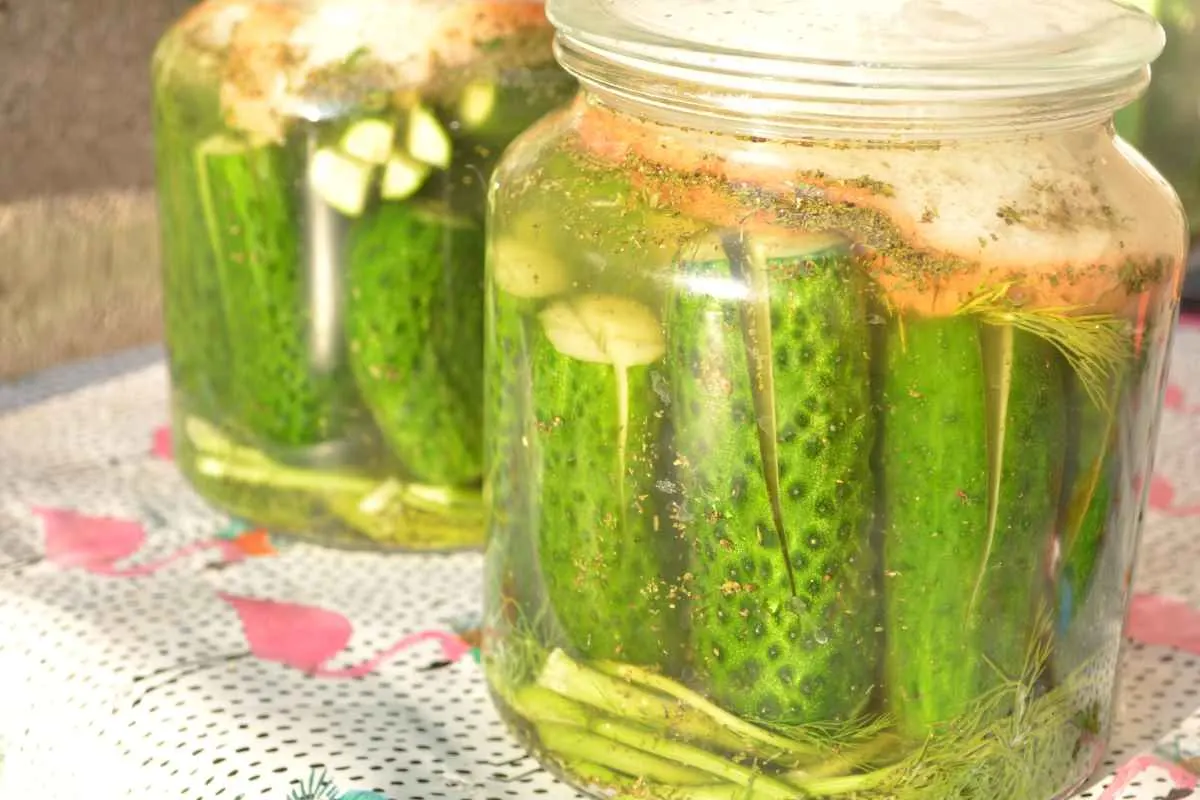
If the weather is not too sunny, you can taste the juice or the pickle after three days, and if it is not too sour, leave them for another day.
Storage
After the sun pickles are done, I usually take out the cucumbers in a bowl, pour the juice strained over them, cover them with a lid and put it in a cool place, usually in the fridge.
Due to the low temperature, the fermentation will slow down almost entirely, and we can keep it that way for up to three months, but I assure you that your family will devour pickles quickly.
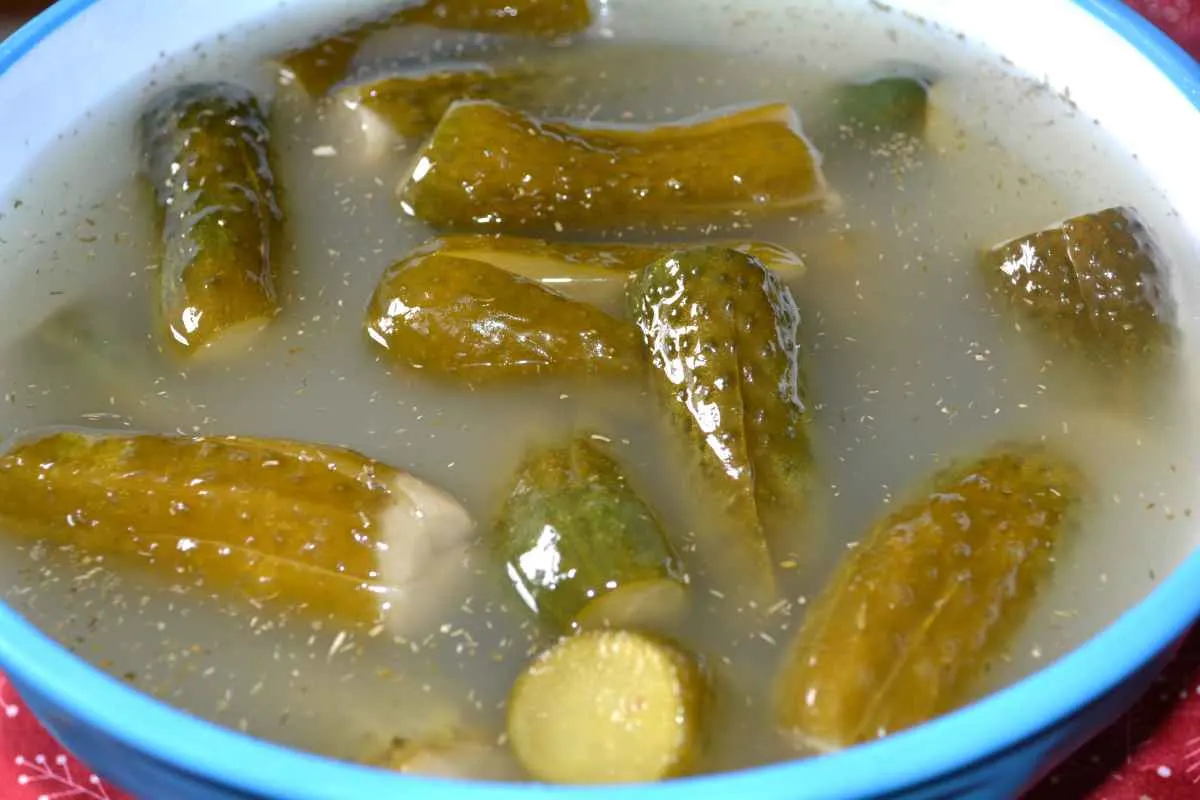
Serving
Sun pickles are served as such or cut into slices, like a side dish with steaks, stews or next to scrambled eggs. It is the perfect substitute for any salad due to its slightly sour taste and acidity.
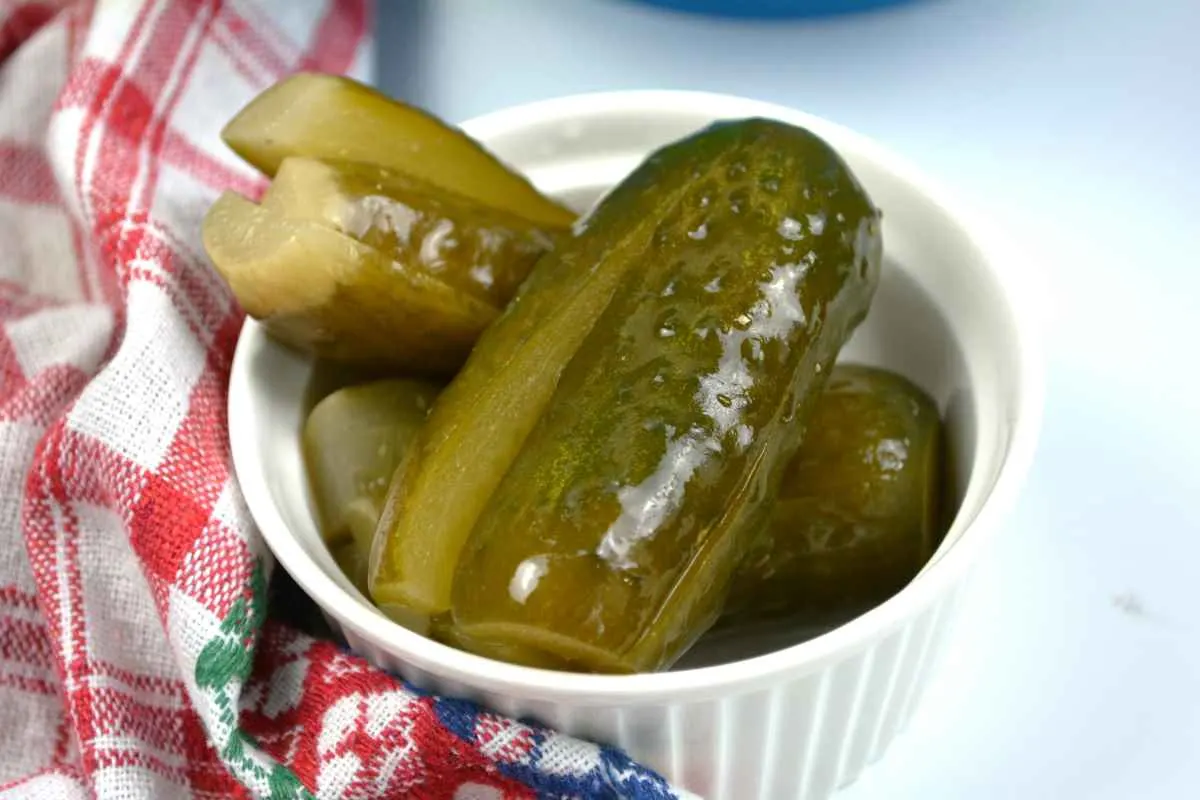
My recommendation is to try to make homemade sun pickles, from which you can make one of the best salads that you will serve with the main meat menu, as well as these recipes:
- Marinated Roasted Red Peppers
- Mediterranean Cabbage Salad Recipe
- Tomato Avocado Egg Salad Recipe
- The Best Greek Salad Recipe
- Green Bean Salad With Garlic Cream
- Quick and Easy Homemade Coleslaw Recipe
- Brussels Sprout With Lemon
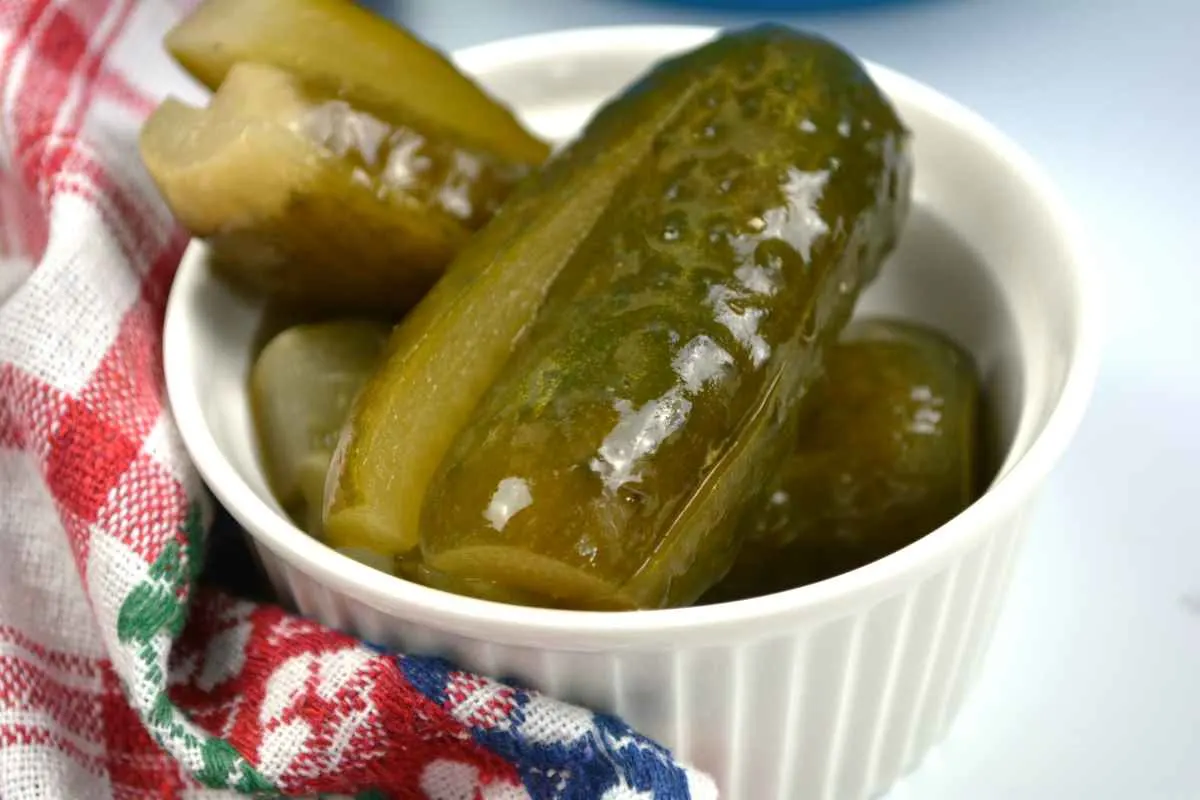
Follow Us
Follow us on our Facebook, Instagram, Twitter and Pinterest pages, where you can like and share your favourite recipes and where you can see what else we cook in the family.
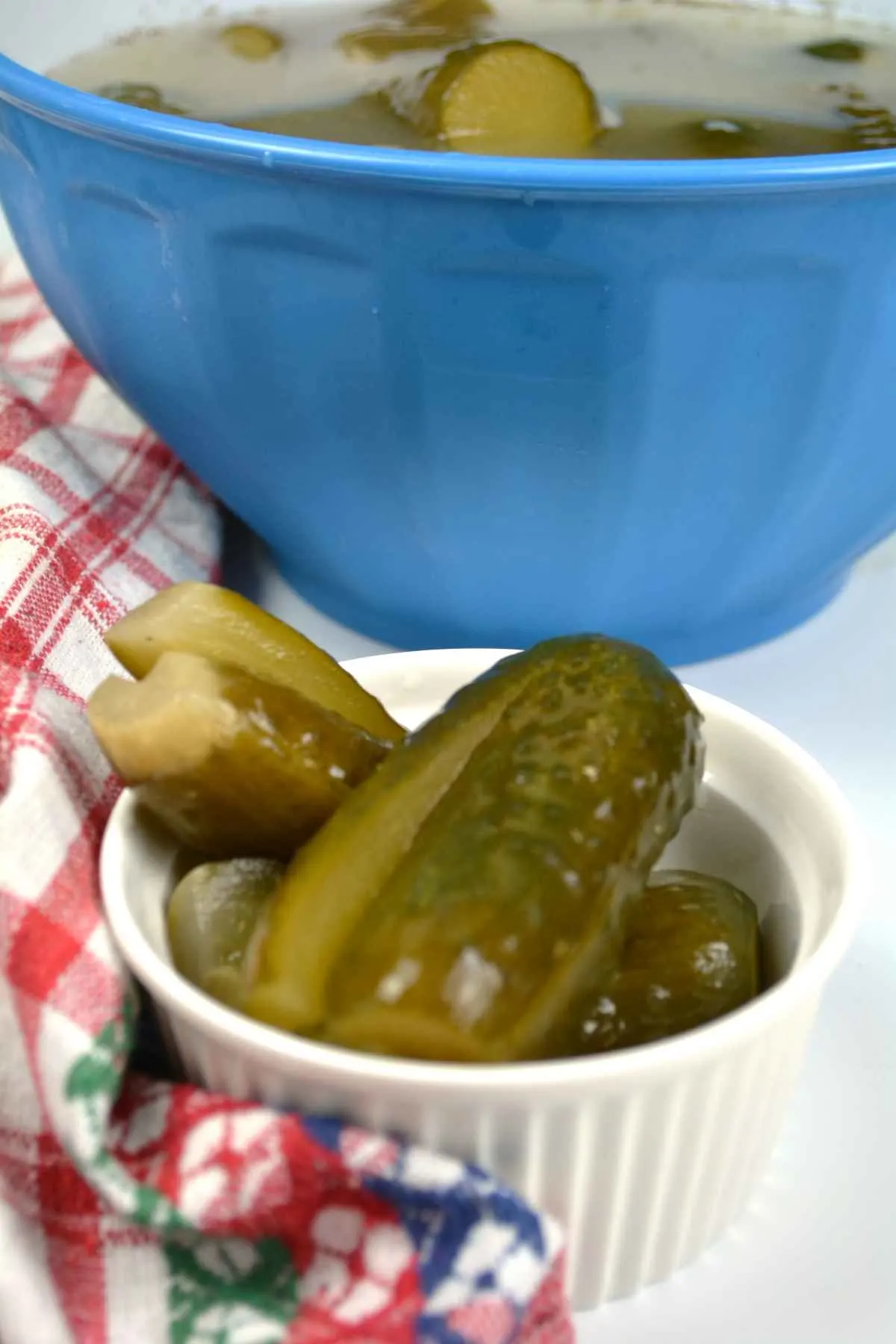
Sun Pickles Recipe
Equipment
- 2 jars 1 litre volume
Ingredients
- 2 kg cucumbers large size
- 1 bunch dill
- 6 pieces garlic cloves
- 2 slices bread
- 2+1/2 tbsp sea salt
- 1 l water hot or boiled
Instructions
- Wash the cucumbers well, cut their heads, and cut them along in two or four. Wash the dill bunch to remove any shadow of dust.
- Put 2.5 tablespoons of sea salt in a bowl, (without iodine), pour one litre of hot or even boiled water over and mix with a whisk until all the sea salt has dissolved.
- On the bottom of the jars, I will put the dill sprigs first and three garlic cloves in each.
- Put the cucumbers in the jar, trying to put them as tight as possible, vertically and horizontally.
- Place a few dill sprigs on top of the cucumbers and pour over the saline water solution until the jars are full.
- Add a slice of bread to each jar, stuffed well on top of the cucumbers to be covered by water. Cover with a lid or a saucer.
- Place your jars outside, in a warm and sunny place, where if you catch good weather, you get pickles after only three days.
- After two days, remove the bread and any crumbs because they have done their duty to start the fermentation.
- After the sun pickles are done, take out the cucumbers in a bowl, pour the juice strained over them, cover them with a lid and put it in a cool place, usually in the fridge.

